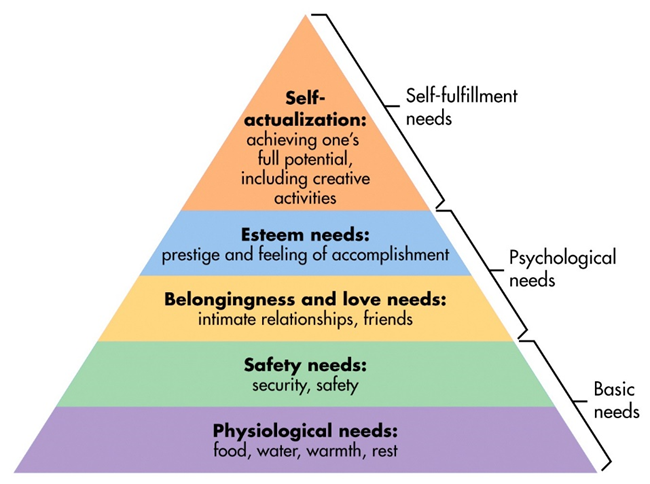The exciting news for our Year 2 second project, is that we have been tasked by Saltaire Inspired to create an installation or textile product as part of the organisation’s successful Saltaire Arts Trail, an annual festival designed to showcase creative talents as well as the wonders of Saltaire itself. The theme of the project is 'Habitat' and the project piece must consider sustainability.
The first
part of this task, was a site trip to Saltaire, and following a tour of the
model village by Saltaire Inspired Event Co-ordinator Peter Reed, we had the
opportunity to check out all that Saltaire had to offer.
Flanked by the River Aire, the Leeds-Liverpool canal, a train line and a major road network, Saltaire was the perfect spot for business tycoon, textile giant and philanthropist Sir Titus Salt to build his model village in the late 1840s.
Above: an image of Salts Mill taken from one of Saltaire’s tourist boards.
Designed to rehouse his workforce, taking them from the smoggy unhealthy inner city of Bradford to the fresh air and green fields, Salt not only built houses for his workers, and of course, Salts Mill, but also a host of amenities, such as a hospital, school, church and community hall. In 1863, he also opened the Baths and Wash Houses (Pettinger et al 2019), which is where our textile work will eventually be displayed during the festival.
Above: the blue sign is the only evidence that this community garden was once the Baths and Wash Houses.
The Baths
and Wash Houses site is now a quaint inner village community garden, complete
with telephone booth, edible garden and lavender, and is neatly tucked away between just
two of the many terraced cottage-lined streets, named after members of Salt’s
family.
Although
it was a grey and murky winter’s day, I was struck by the sense of community.
Saltaire is uniform and structured, yet it has become a hub of creativity and
arts. This is definitely a theme I’d like to investigate.
It
reminded me of American psychologist Abraham Maslow’s
‘Hierarchy
of Needs’, which suggests that once a human’s basic needs are met - food,
warmth and security - they are more able to pursue creative activities and
achieve personal satisfaction.
Next step is to explore further and
investigate those Italian Renaissance-inspired sandy-stoned houses, the street
grid patterns, and the rebellious pops of colour in the doorways, windows and
gardens. I also need to think about how to translate this into textile using sustainable methods.






Comments
Post a Comment